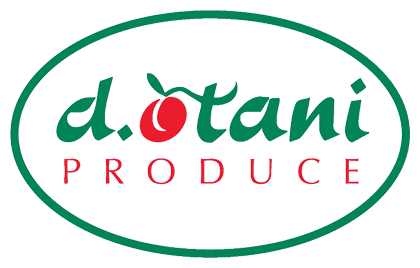Though the U.S. market absorbed more than 110 million pounds of fresh avocados during the two weeks prior to Easter, the market remained strong with the most popular sized fruit selling for $50 per carton or more.
The week ending April 14 saw more than 71 million pounds produced followed by 41 million pounds the following week. And in the midst of the Cinco de Mayo pull, more than 60 million pounds are projected for the week of April 22-28.
“We think supplies will be steady through the summer and maintain a strong market,” said Ross Wileman, senior vice president of sales and marketing for Mission Produce Inc. in Oxnard, CA.
He said with Mexico, California and Peru all producing throughout the next several months, supplies should be sufficient but not to such a point that the market will fall much. “It may come off a little bit after Cinco de Mayo, but not much,” he said.
The longtime avocado veteran said this has been an unusual 12 months for the avocado industry with California’s tremendous heat wave of a year ago as well production slowdowns in Mexico and border issues all combining to create uncertainty in the marketplace.
“A few weeks ago [as the border issues slowed imports], we didn’t think we would have enough fruit for Easter and Cinco de Mayo two weeks later,” Wileman said, adding that Mexico and California came through to fill the pipeline.
Rob Wedin, vice president of fresh sales and marketing for Calavo Growers Inc. in Santa Paula, CA, told The Produce News April 22 that because of the solid shipments during the two prior weeks, fruit on hand in the avocado distribution centers around the country was sufficient to handle the expected Cinco de Mayo sales. He said deliveries for that period were under way and would continue through about May 1.
As is typically the case, the Calavo expert said there would be lots of retail promotions but they wouldn’t be at bargain basement prices because of the strong marketing situation.
Wedin noted that California growers picked more than 20 million pounds during those two weeks, which was higher than projections. In fact, he said it is possible that the 11 million pounds harvested during the week of April 14 will end up being the peak week.
For the next couple of months, California is projected to ship between 9 million and 10 million pounds per week, with growers and handlers stretching out its reduced volume crop as long as they can.
Wileman explained that when the Trump administration beefed up border security in early April by moving personnel from checking commerce to dealing with the migrant situation, truck crossings slowed to a crawl. “We were told that at one point there was a 13-mile long line of trucks waiting to get through.”
This, he said, had shippers turning to California growers for fruit. The field price quickly rose and California harvested about 30 percent more fruit than expected over a two-week period.
“I think growers were waiting for the price to climb and it did,” Wileman said.
Wedin expects the many Cinco de Mayo retail promotions, plus the expected advertising from Avocados from Mexico during that time period, to help sustain the momentum throughout May and into the summer. Like Mission Produce, Calavo is expecting an excellent several months of avocado marketing with good supplies meeting a good f.o.b. market.
Peru is expected to join the party with the bulk of its U.S. exports arriving in June, July and August, according to Xavier Equihua, president and chief executive officer of the Peruvian Avocado Commission. He estimated that Peru will send between 160 million and 180 million pounds of fruit to the United States this year, with the range based on the strength of the U.S. market.
Peruvian shippers send the bulk of their crop to Europe, with the United States getting about 25-30 percent of the production. But Equihua said the U.S. is the No. 1 avocado market in the world and a very good customer for Peru, so exporters pay close attention to the U.S. marketing situation and adjust accordingly.
“The market will dictate how much fruit Peru sends to the United States,” he said.
Equihua expects shipments to the U.S. to begin in earnest in early June with shipments starting in May and significant arrivals by mid-June. He expects Peruvian shipments to continue throughout September.
Wileman said on the front end of the deal, Mission will begin selling fruit in early May. “We will be getting our first Peruvian shipment next week,” he said on April 23.
While the market on conventional avocados is strong, the organic avocado price is much higher with no signs of a letup. Wedin said the gap between the two prices was about $10 in April and he doesn’t expect that to decline.
He noted that while Mexico had a fairly robust organic avocado crop for its fiscal 2018-19 season (which ends June 30), strong sales throughout the past 10 months means that supplies in that sector are dwindling. And California’s small crop of avocados includes a big reduction in organic production as well.
As such the gap between the organic and conventional price could widen until Mexico’s new crop begins harvest in late summer.
However, Peru is expected to chip in with some organic avocados throughout the summer. Equihua said Peruvian growers have increased their production of organic fruit and he expects that to continue moving forward.

